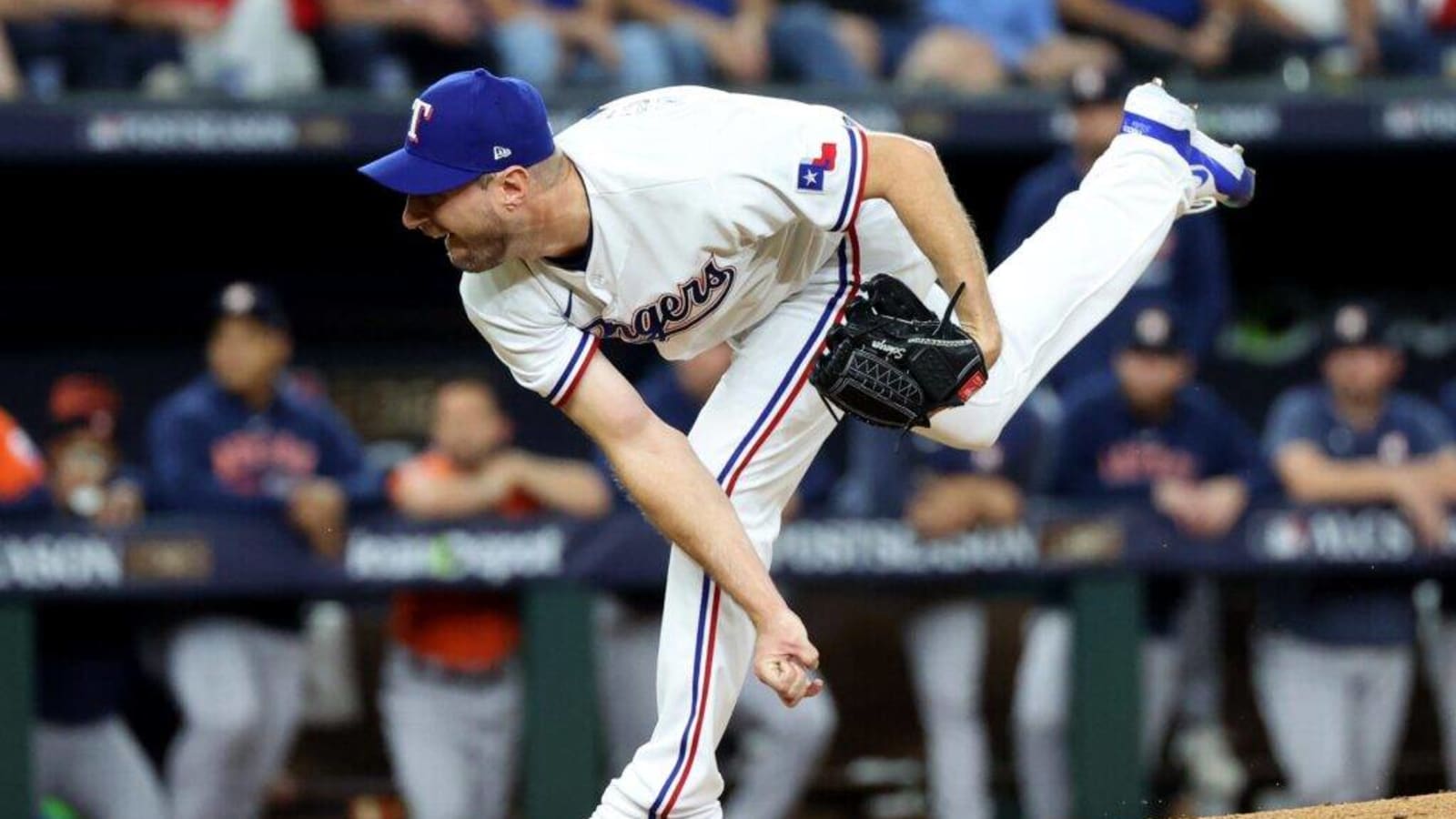
Baseball is seeing a rise in arm injuries among pitchers, leaving them more vulnerable than ever before. It wasn’t like this when Justin Verlander and Max Scherzer began their careers in the 2000s. At that time, starting pitchers were throwing close to or over 200 innings, showing more effectiveness on the mound. Verlander, 41 and Scherzer, 39, are at the near end of their respective careers. Last season when they were teammates on the New York Mets, both veterans had multiple talks about restoring the pitcher to what it used to be. Both pitchers have ideas as to how to solve the current problem the sport is facing- how can MLB save the starting pitcher?
Justin Verlander and Max Scherzer Offer Solutions for Pitchers
In a recent article from The Athletic, Ken Rosenthal and Jayson Stark begged the question from above. Scherzer in particular, has ideas, some of which he suggested as a member of the MLBPA’s executive subcommittee in the last round of labor negotiations. He and Verlander believe the sport needs to act with urgency, encouraging rule changes to force the issues.
“Right now, it’s an epidemic. Throw as hard as you can for as long as you can, have a couple of big, nasty offspeed pitches and the second you get in any trouble, which analytics say is usually the third time through the lineup, you’re out,” Verlander said.
“The problem is, even if MLB says, ‘We want to bring back the starting pitcher’, the analysts that are now running these teams are going to say, ‘We’re not going to be better for that. We’re going to be better off having a kid who throws 100 with a nasty slider do it for three innings.’ If he goes five, great.
“That kid is going to be better than if I told him, ‘Don’t throw 100. Throw 95. Hit the corners and try to get eight innings out of this.’ That’s what the numbers say. I don’t agree with those numbers. But in an analyst’s world, everything is black and white. They don’t have to know how to value those extra innings, so they ignore it.”
Corrections Are Necessary
In labor negotiations, Scherzer advocated for the “double hook,” where a team loses its DH after it removes its starting pitcher. The idea gained little traction with the fear of teams pulling their starters regardless, sacrificing the DH and damaging the market values of players at that position. Scherzer’s next idea was called “the qualified start.” If a pitcher met one of three minimums (six innings, 90 pitches or three earned runs), his team would keep its DH for the entire game. Scherzer floated other ideas, but the goal would be to force teams to value lengthy starts again.
“Way too often, you see younger players feel happy with five innings. It’s not their fault. It’s what the team wants of them. It’s what players are getting paid for,” Verlander said. “Relievers are one thing. They’ve always come in and thrown hard. But now starters are trying to do the same thing. You’re doing that for 90 pitches, it’s a lot. It’s hard. I used to cruise along at 93-94 percent effort, not try to blow everybody’s doors off just because I would.”
Scherzer and Verlander Don’t Want to Blame Younger Pitchers
In the game’s current version, pitchers are doing what Verlander said, missing bats and throwing even harder. Scherzer, too, didn’t want to blame younger pitchers.
“I bet the generation before me looked at me and said, ‘You’re only throwing 100 to 120 pitches. We threw 150. Why aren’t you guys throwing 150 pitches?’
“It’s been the evolution of the hitter as well. Now, no matter what part of the order you’re in, you lay in a fastball, somebody can hit a home run. Go back in time, I don’t think your nine-hole hitter was a home-run hitter.”
More must-reads:
- Negro League legend finally getting his due as MLB merges stats
- Aaron Boone comes to the defense of retired umpire Angel Hernandez
- The 'Most receiving yards in a season' quiz
Breaking News
Customize Your Newsletter
 +
+
Get the latest news and rumors, customized to your favorite sports and teams. Emailed daily. Always free!

